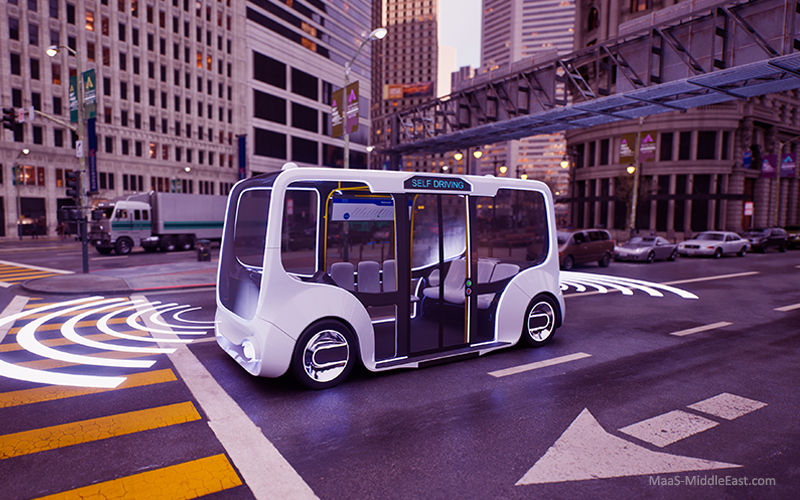Future Mobility Trends in the Middle East
The future of mobility in the Middle East is poised for significant transformation, driven by rapid technological advancements, shifting consumer behaviors, and supportive regulatory frameworks. The region’s main markets, including Saudi Arabia, United Arab Emirate, and other GGC countries are at the forefront of this evolution, embracing new mobility services that promise to reshape urban transportation.
One of the most notable trends is the rise of shared mobility solutions. Companies like Careem (part of Uber), a leading ride-hailing service in Dubai, Abu Dhabi, Riyadh, Jeddah, Doha, and other cities are making significant strides in promoting eco-friendly transportation options.
The adoption of electric vehicles (EVs) is also gaining momentum in the Middle East. Governments are implementing policies to encourage EV usage, such as tax incentives and the development of charging infrastructure. This shift towards electrification is expected to reduce carbon emissions and improve air quality in major cities.

Autonomous driving technology is another area of interest. While still in its nascent stages, several pilot projects are underway to test the feasibility of self-driving vehicles in urban environments. These initiatives aim to enhance road safety and reduce traffic congestion.
Public transportation systems are also undergoing frequent modernization. Cities like Dubai, Abu Dhabi, and Riyadh are investing in smart and sustainable solutions, including real-time tracking and integrated systems, to improve the efficiency and user experience of public transport. Additionally, the concept of Mobility-as-a-Service (MaaS) is gaining traction, offering seamless integration of various transportation modes through a single digital platform.

Overall, the future of mobility in GCC counties looks promising, with a strong focus on sustainability, innovation, and inclusivity. As these trends continue to evolve, they hold the potential to transform the way people move around, making urban transportation more efficient, accessible, and environmentally friendly
Future Mobility Trends in Dubai and other GCC Cities
The future of mobility in Dubai is set for a transformative shift in the transportation ecosystem . Shared mobility services, such as ride-hailing, car sharing and aerial mobility, are becoming increasingly popular, providing eco-friendly alternatives to traditional transportation. Autonomous vehicles (AVs) are also being tested, promising safer and more efficient travel. MaaS Middle East provides thorough insights and detailed analysis on the news and trends shaping mobility ecosystems in the region. This dedicated news portal also examines the transformative transportation landscape across GCC and the wider Middle East.
Related Articles
-
Understanding ADAS | Advanced Driver-Assistance Systems
Advanced Driver-Assistance Systems (ADAS) represent a significant leap forward in the realm of mobility and transportation within the automotive industry. These systems are designed to enhance vehicle safety and improve driving experiences by incorporating various technologies that assist drivers in navigating complex driving environments. Today, over 60% of vehicles produced globally feature the integration of
-
Urban Air Mobility | Navigating the Roads in the Sky
What is Urban Air Mobility? Urban Air Mobility (UAM) is the a mobility service that integrates new aerial solutions, such as eVTOLs and air taxis, into urban environments to reduce congestion and provide a more convenient transportation method. Vertiports are considered the main enablers for UAM, providing city hubs where vehicles can take off, land,
-
EV Charging Infrastructure in the GCC | Status & Challenges
The landscape of transportation in the Gulf Cooperation Council (GCC) region is undergoing a transformative shift, driven by the rapid adoption of electric vehicles (EVs). As the world transitions towards cleaner, more sustainable modes of transport, the demand for robust EV charging infrastructure has become paramount. However, building a reliable and efficient charging network presents
-
C.A.S.E | The Future of Automotive Mobility
The future of automotive mobility is undergoing a major transformation, driven by the convergence of groundbreaking technologies. C.A.S.E. – Connected, Autonomous, Shared, and Electric – represents the emerging paradigm that is poised to shape how we move. This innovative approach, characterized by interconnected vehicles, self-driving capabilities, shared mobility solutions, and electric power, promises to significantly
-
Rise of Robotaxi | The Race for Self-Driving Mobility
If you are an enthusiast and a keen follower of the progress of robotaxis and driverless cars in general, you might have thought that the year 2023 was when autonomous mobility hit a pause. After several incidents with GM’s Cruise last year, ranging from traffic jam meltdowns to collisions with pedestrians on the roads, the







